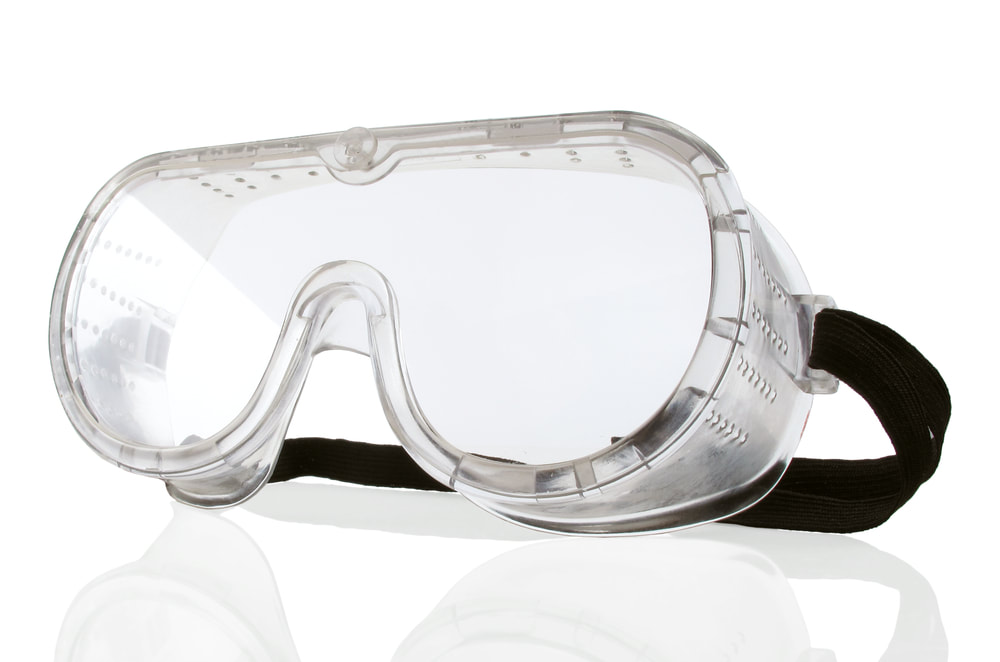Most common eye injuries at workBelow are some of the most common types of eye injuries on the job. Penetrating eye injuries: Penetrating eye injuries can occur if objects, such as staples, metal shavings, or slivers of wood go through the eye. This type of injury can be serious and lead to vision loss. Burns: Burns can happen at work from chemicals splashing in the eyes. Many types of jobs may require the handling of chemicals. Chemical burns can lead to blindness in severe cases. Blunt force trauma: Blunt force trauma to the eye can happen in different work settings but it might be most common in construction where different types of power tools are used. Infections: Eye infections can occur on the job. Healthcare workers that come in contact with blood-borne pathogens are at an increased risk of eye infections. Splashes of blood into the eye can transmit diseases, such as HIV, staph infections, and hepatitis. People that work with young children may also be at an increased risk for a viral eye infection. Why do workplace eye injuries occur?Workplace eye injuries can occur for a few reasons. For example, an employee may not know what type of eye protection to use. They may not have the proper training or education on how to perform a task properly. In other cases, the type of eye protection needed is unavailable. In addition to a lack of education or available supplies, eye injuries may happen at work because proper procedure was not followed. An employee may rush through a task and human error occurs. Machines can also fail or work improperly, which may result in an injury. PreventionThere are many ways to promote workplace safety and reduce your risk of an eye injury. Consider the following suggestions:
Follow correct procedures: Make sure you understand how to use a specific tool or handle a chemical before doing so. Improper use of equipment or not following protocol can increase your risk of an eye injury. Use appropriate eye protection: Use eye protection that is appropriate for the type of job you are doing. Protective eyewear may include goggles or a face shield. Make sure you know the type of hazard you may encounter, so you can select the right eye protection. Assess your work environment: Understand what types of safety issues or hazards your job may present. By assessing the risks, you can select the best safety steps to take to reduce your chances of an eye injury. If you are unsure about whether you need eye protection, talk with your supervisor. Report unsafe practices: If you notice a practice or procedure at work that seems unsafe, be sure to talk with your supervisor or report it to management. If you do not have the proper eye protection available, that is also a safety concern and should be reported. We hope you stay safe on the job and avoid eye injuries, but if you do sustain an injury, please seek professional help. It is vital to assess the severity of the eye injury. If you would like to ask whether an appointment with one of our eye doctors would be appropriate at this time, call our office at 508-746-8600. Comments are closed.
|
EYE HEALTH BLOGCategories
All
Archives
July 2024
|
|
Kadrmas Eye Care New England
55 Commerce Way, Plymouth, MA 02360
14 Tobey Road, Wareham, MA 02571 133 Falmouth Road (Rt 28), Mashpee, MA 02649 |
Phone Number:
1-508-746-8600 Hours: Monday through Friday — 8 AM – 4:30 PM |


 RSS Feed
RSS Feed
